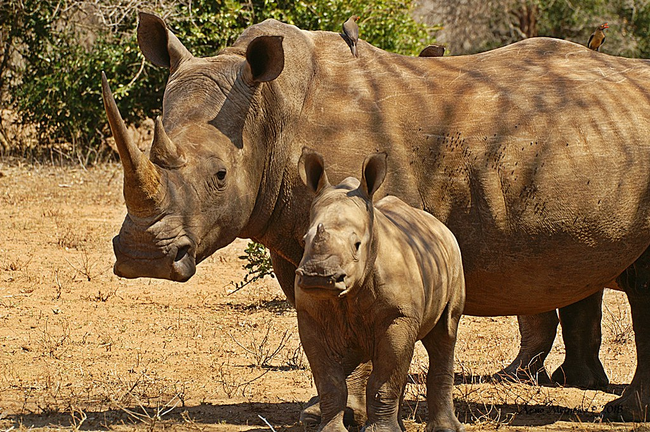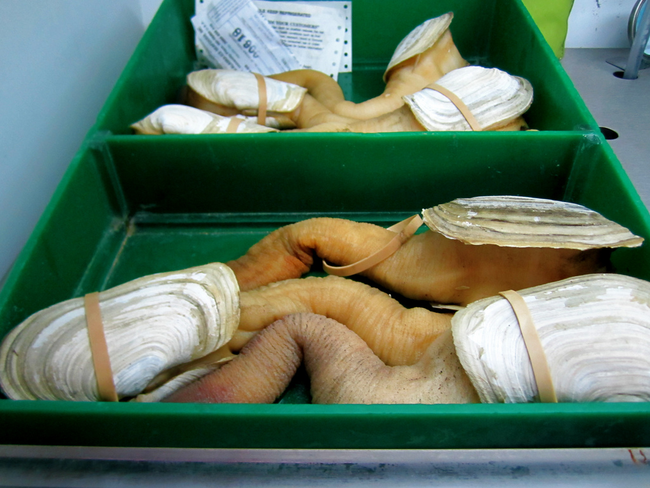18 Animals With Ridiculously Misleading Names
TROLLGOD
Published
10/06/2014
Where did they come up with these?
- List View
- Player View
- Grid View
Advertisement
-
1.
 Flying Lemurs: They are neither lemurs nor can they fly. Also known as colugos, they were named for their similar features and nocturnal habits, but are closer in relation to primates.
Flying Lemurs: They are neither lemurs nor can they fly. Also known as colugos, they were named for their similar features and nocturnal habits, but are closer in relation to primates. -
2.
 Australian Shepherd: These blue eyed beauties are bred in Europe. Their close relationship to the Australian Basque shepherds gave them their antipodean moniker.
Australian Shepherd: These blue eyed beauties are bred in Europe. Their close relationship to the Australian Basque shepherds gave them their antipodean moniker. -
3.
 Hedgehog: They have zero relation to pigs or hogs. Their name comes from the discovery that the spiky foragers grunt similarly while hunting.
Hedgehog: They have zero relation to pigs or hogs. Their name comes from the discovery that the spiky foragers grunt similarly while hunting. -
4.
 Red Panda: These adorable animals should have received the name "red raccoons." They share an equal relation to both raccoons and pandas, but not quite one or the other.
Red Panda: These adorable animals should have received the name "red raccoons." They share an equal relation to both raccoons and pandas, but not quite one or the other. -
5.
 Polecat: These adorable fuzzy faces aren't related to felines at all. They're part of the weasel family and were likely named after the French words "poule" and "chat" for their love of poultry.
Polecat: These adorable fuzzy faces aren't related to felines at all. They're part of the weasel family and were likely named after the French words "poule" and "chat" for their love of poultry. -
6.
 Koala Bears: Though they look like cuddly teddy bears, koalas are marsupials and more related to kangaroos. But you can't blame people for wanting to give them a cuddly name
Koala Bears: Though they look like cuddly teddy bears, koalas are marsupials and more related to kangaroos. But you can't blame people for wanting to give them a cuddly name -
7.
 Sea Lion: Obviously they aren't lions of the sea, but something called pinnipeds. That means they're mammals who walk around on their flippers when on land. Their name comes from the thick mane that is often found on their necks, like lions.
Sea Lion: Obviously they aren't lions of the sea, but something called pinnipeds. That means they're mammals who walk around on their flippers when on land. Their name comes from the thick mane that is often found on their necks, like lions. -
8.
 Ladybug:These insects aren't all ladies, and are actually a type of beetle. Their name comes from the Middle Ages when farmers prayed for relief from more nefarious insects eating their crops. When these speckled little bugs came around to eat those jerks, they were given the name "Bug of Our Lady," referencing the Virgin Mary.
Ladybug:These insects aren't all ladies, and are actually a type of beetle. Their name comes from the Middle Ages when farmers prayed for relief from more nefarious insects eating their crops. When these speckled little bugs came around to eat those jerks, they were given the name "Bug of Our Lady," referencing the Virgin Mary. -
9.
 Mountain Goat: Even though they look and sound just like their namesake, these animals are more closely related to antelopes.
Mountain Goat: Even though they look and sound just like their namesake, these animals are more closely related to antelopes. -
10.
 Cuttlefish: Nope, it's not a fish. They're cephalopods, a species existing for 500 million years. Their internal structure is known as a "cuttlebone," providing them with their buoyancy and name.
Cuttlefish: Nope, it's not a fish. They're cephalopods, a species existing for 500 million years. Their internal structure is known as a "cuttlebone," providing them with their buoyancy and name. -
11.
 White Rhinos: Their color doesn't reflect the name, but what makes them unique from other rhinos is the square shape of their mouth.
White Rhinos: Their color doesn't reflect the name, but what makes them unique from other rhinos is the square shape of their mouth. -
12.
 Fireflies: Named for the "fire" light they emit at night, they are not actually flies. They're beetles.
Fireflies: Named for the "fire" light they emit at night, they are not actually flies. They're beetles. -
13.
 Aardwolf: It sounds like the result of an aardvark falling in love with a wolf, but it isn't related to either of those animals. This is a type of hyena named from the Afrikaans word meaning "earth-wolf."
Aardwolf: It sounds like the result of an aardvark falling in love with a wolf, but it isn't related to either of those animals. This is a type of hyena named from the Afrikaans word meaning "earth-wolf." -
14.
 Killer Whale: The killer aspect is definitely not a misnomer. As one the largest predators in the ocean, they hunt prey in packs of up to 40. But they're not whales at all. They're dolphins.
Killer Whale: The killer aspect is definitely not a misnomer. As one the largest predators in the ocean, they hunt prey in packs of up to 40. But they're not whales at all. They're dolphins. -
15.
 Geoduck: Pronounced "goo-ee-duc," these are not actual ducks. Instead, they are a type of clam found in the Pacific Northwest. The misleading name comes from the Nisqually Indian word "qweduc," which translates to "dig deep."
Geoduck: Pronounced "goo-ee-duc," these are not actual ducks. Instead, they are a type of clam found in the Pacific Northwest. The misleading name comes from the Nisqually Indian word "qweduc," which translates to "dig deep." -
16.
 Mountain Chicken: This obviously isn't a chicken. These frogs are one of the world's most threatened of their species, likely due to their tasty, apparently chicken-flavored meat.
Mountain Chicken: This obviously isn't a chicken. These frogs are one of the world's most threatened of their species, likely due to their tasty, apparently chicken-flavored meat. -
17.
 Sea Cucumbers: This cucumber wouldn't go well in your next salad. The echinoderms come in several shapes and sizes and are closely related to starfish and sea urchins.
Sea Cucumbers: This cucumber wouldn't go well in your next salad. The echinoderms come in several shapes and sizes and are closely related to starfish and sea urchins. -
18.
 Komodo Dragon: Since dragons sadly aren't real, this is nothing more than a large lizard. Its forked tongue inspired the mythical moniker.
Komodo Dragon: Since dragons sadly aren't real, this is nothing more than a large lizard. Its forked tongue inspired the mythical moniker.
- REPLAY GALLERY
-

- 18 Animals With Ridiculously Misleading Names
Flying Lemurs: They are neither lemurs nor can they fly. Also known as colugos, they were named for their similar features and nocturnal habits, but are closer in relation to primates.
18/18
1/18






2 Comments